He’s the walking man, born to walk, walk on walking man
Matt Clark is not the fastest runner on this team. Twice this series, Clark grounded out on plays with less than stellar fielding. He also had two home runs, so that brisk jog is working rather well for him. In the series finale though, Clark proved that the eye is mightier than the leg with five straight walks, two of which eventually brought him around to score. All that walking pushed the game time past the three hour mark despite a lack of offense on the opposing side as the Mets finished off the series with a 6-0 win over the Fisher Cats.
Hansel Robles hasn’t seen his prospect status rise since his playoff run two years ago on the all-star Brooklyn Cyclones rotation. He hasn’t gone bust either, but this outing illustrated why he’s in prospect limbo. At times, he was lights out, with six strikeouts over five shutout innings, two of which saw the Fisher Cats go down in order. It took him 81 pitches to get through those five innings though, two of which ended with the bases loaded. It was a mixed bag of an outing that left the B-Mets bullpen on the hook for another four innings.
New Hampshire pitcher Aaron Sanchez had a few problems of his own, but fastball speed sure wasn’t one of them. At 92-95, Sanchez’s fastball was easily the fastest of the series. Speed alone wasn’t enough though; the Mets put runners in scoring position in each of the first two innings but failed to score because of double plays and baserunning blunders like Travis Taijeron getting a late read on the stop sign after rounding second and getting caught with nowhere to go. Taijeron would find himself in a similar situation later in the game when he rounded second on a fly ball that was caught and couldn’t get all the way back to first base in time. The lane from second to third claimed another victim in the 8th when Wilfredo Tovar saw the runner ahead of him hold up at third and turned around to see second base occupied. Tovar held perfectly still between second and third and went unnoticed for a short time before someone realized that the count of runners vs. bases was off. Looks like Binghamton will be working on some baserunning drills…
After going down in order in the third, the B-Mets got on the board in the fourth inning without putting a ball in play. After Matt Clark took his customary walk, Aaron Sanchez hit the next two batters to load the bases and then used a 95mph fastball to walk in the game’s first run. After giving up a sac fly and an RBI single, Sanchez struck out Darrell Ceciliani to end his outing on a high note.
Robles got into his biggest jam in the 5th when Mike Crouse hit a ground ball down the right field line that veered into the New Hampshire bullpen and settled under a tarp. Crouse reached third by the time Travis Taijeron was able to dig the ball out from under the tarp but the ball was never ruled dead. Binghamton Manager Pedro Lopez came out to argue, to no avail. Robles, clearly flustered by the situation, got the next batter to ground out and then hit Kenny Wilson with a pitch, drawing words from the home plate umpire. A strikeout, stolen base, and walk loaded the bases with two outs, but Robles struck Brad Glenn out to end the inning with a smile.
Cody Satterwhite took over to pitch the 6th and 7th innings, giving up just one hit in that span. John Church struck out the side in the 8th and Jon Velasquez pitched a perfect 9th to secure the shutout victory. That side of the game went quickly, but the top half of each inning slowed the pace considerably.
While the Fisher Cats only managed a lone single over the final third of the game, the B-Mets put runners on second and third in three straight innings. Darrell Ceciliani scored on a passed ball in the 7th, but that was the only Mets run in the final third until Dustin Lawley doubled in a run with nobody out in the 9th. Cory Vaughn drove in the game’s final run with a pop fly before the B-Mets stranded Lawley at third.
This lopsided story left me nothing to say about Jon Velasquez. So here he is, presented without comment.
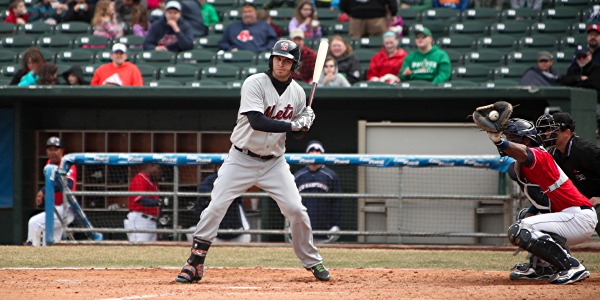
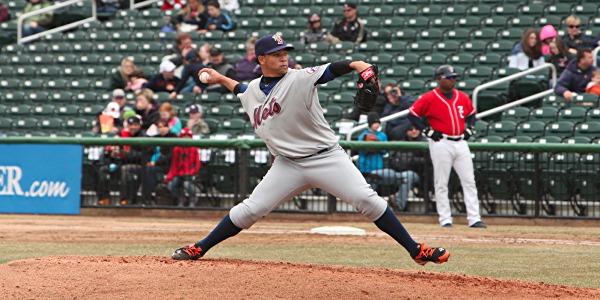
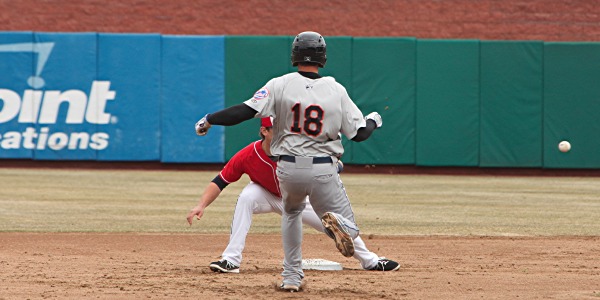
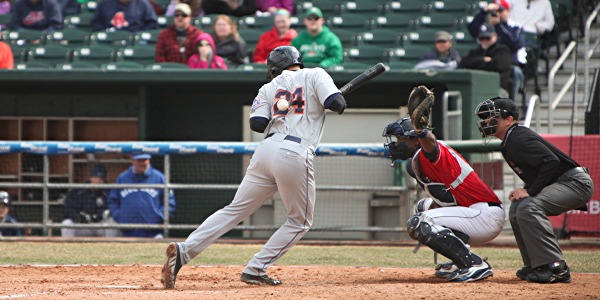
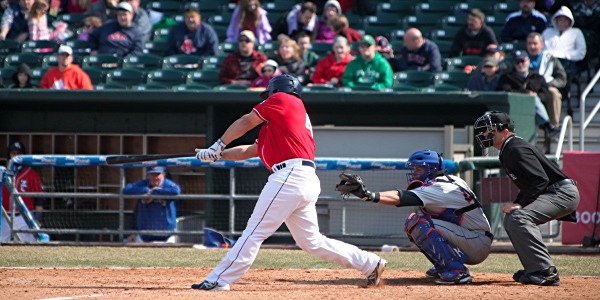

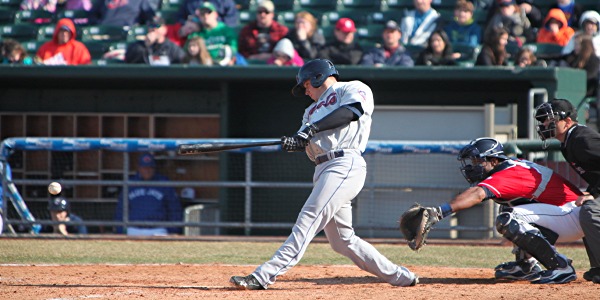

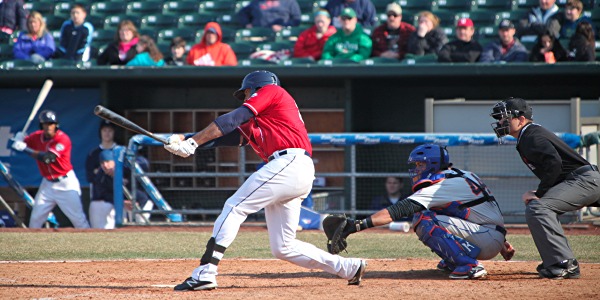

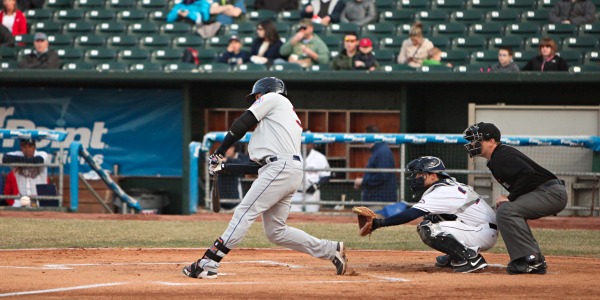
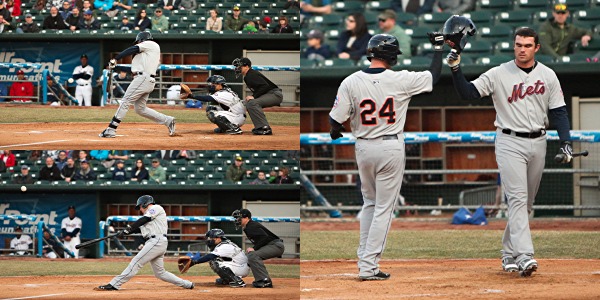

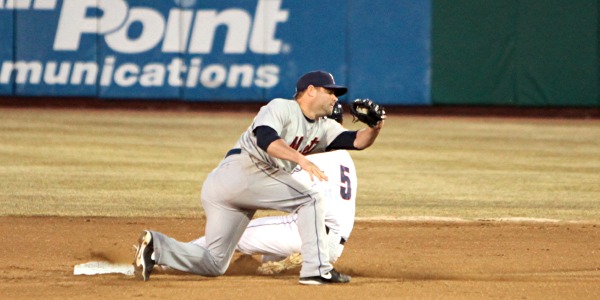
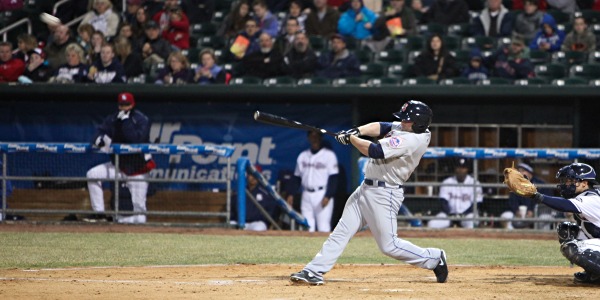

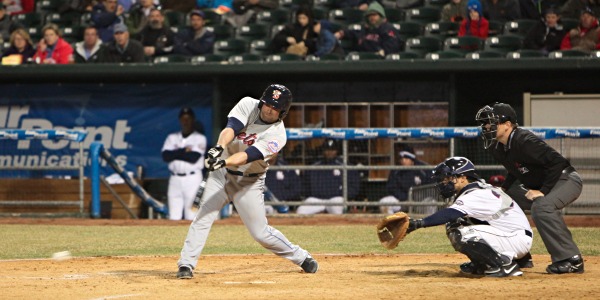

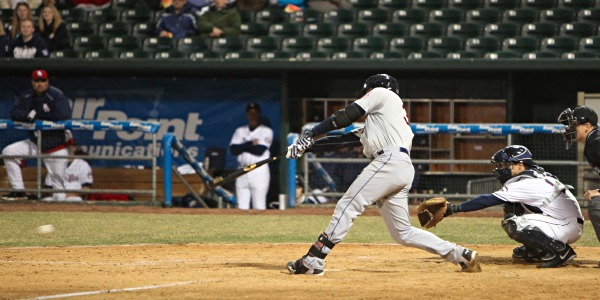
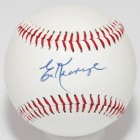
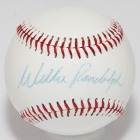

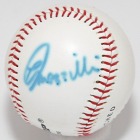
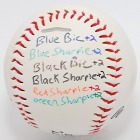
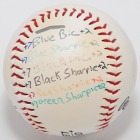
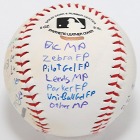
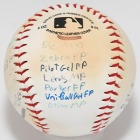
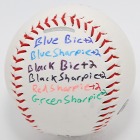
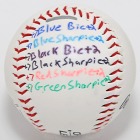
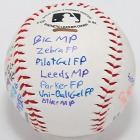
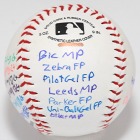
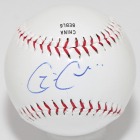
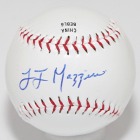

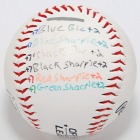
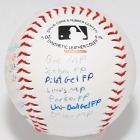
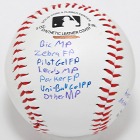
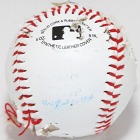
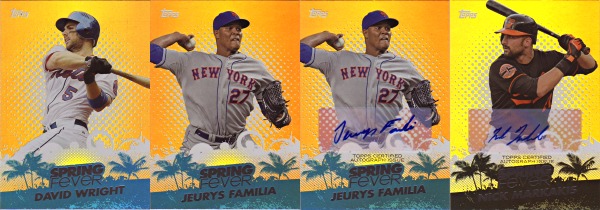
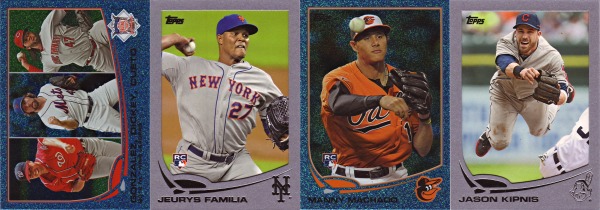
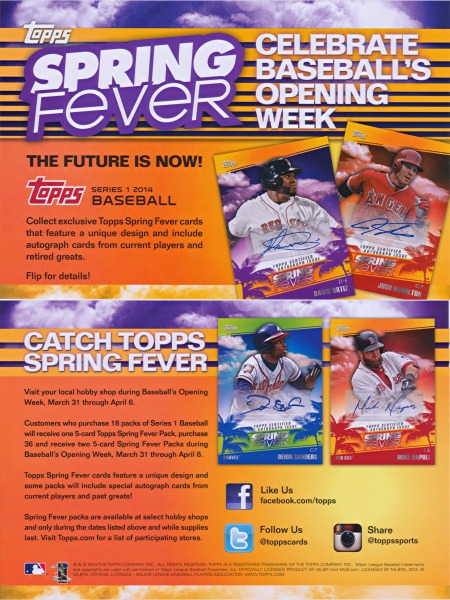

Recent Comments